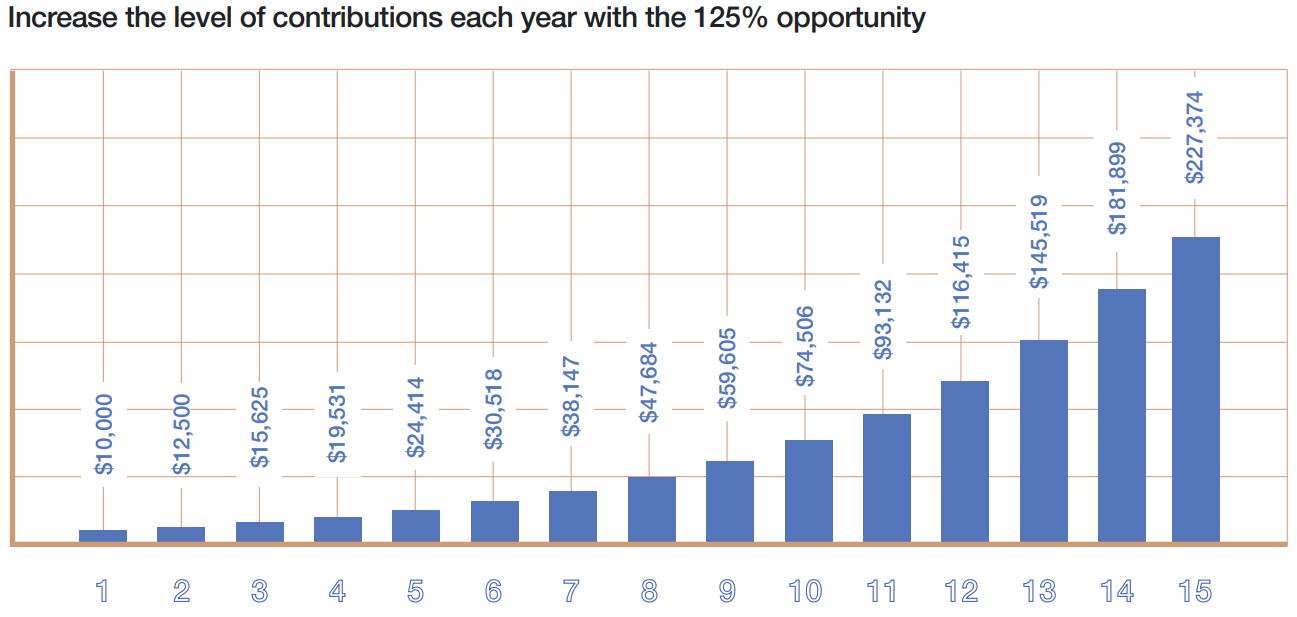Investment bonds may help you meet the twists and turns of life and your long-term investment goals in a number of ways:
- tax-effective benefits for wealth creation and the generational transfer of that wealth
- goal-specific and flexible investment solutions for different life stages
- an investment solution with greater choice and control on ‘what’, ‘how much’ and ‘when’ to invest
- complete flexibility to access your investment at any time
What is an investment bond?
An investment bond is a long term investment with features similar to a managed fund combined with an insurance policy.
Your money is pooled with money from other investors and a portion of the pooled funds is then invested in the investment options each investor chooses.
Most investment bonds offer investment options such as cash, fixed interest, shares, property, infrastructure or a range of diversified investment options, with risk levels ranging from low risk to high risk. The value of the investment bond will rise or fall with the performance of the underlying investments.
You have access to your investment at any time, including before 10 years. If you make a withdrawal before 10 years, you will receive a compensating tax offset (currently 30%) which you can use to offset any personal tax payable in the financial year that the withdrawal was made.
Estate Planning
Insurance bonds may provide estate planning opportunities for some investors. When an investment bond is set up, you’ll need to nominate a policy owner, a life or lives to be insured and beneficiaries. The policy owner may be the same as the life insured.
If the last insured person passes away, the beneficiary receives the proceeds from the insurance bond tax free. If there is no nominated beneficiary, the proceeds will go to the policy owner or the policy owner’s estate.
Most investment bonds also offer a child advancement policy where ownership of the policy is able to be transferred to a child when they reach a nominated age. This can be a tax effective way to save for a child’s future.
If you are considering using investment bonds for estate planning, seek professional legal advice first.
The 10 Year Rule
Investment bonds are tax paid investments. This means when earnings on the investment are received by the insurance company, they are taxed at the corporate tax rate (currently 30%) before being reinvested in the bond. This can make insurance bonds a tax effective long term investment for those with a marginal tax rate higher than 30%.
If you hold the bond for at least 10 years the returns on the entire investment, including additional contributions made, will be tax free subject to the 125% rule.
If you make a withdrawal within the first 10 years, the rate at which earnings in the investment bond are taxed will depend on when you make the withdrawal.
The 125% Rule
An investment bond is designed to be held for at least 10 years. You can make additional contributions over the life of the insurance bond. To make the most of the tax benefits, each year you can contribute up to 125% of your previous year’s contribution.
If contributions are made to the investment bond that exceed 125% of the previous year’s investment, the start date of the 10 year period will reset to the start of the investment year in which the excess contributions are made. You will then have to wait a further 10 years from this date to gain the full tax benefits.
Furthermore, if you do not make a contribution to the investment bond in one year, any contributions in following years will reset the 10 year rule.
Source: Money Smart ASIC






